|
Jump Check the Viewing Setup utility for good monitor adjustment. All photos by the author. |
Or, The dSLR Has Landed. The Third Annual Road Trip and Vacation Travel Digital Camera Shootout is finished. Here's the report: This is a test. With cameras arriving at ever more affordable prices, do digital Single Lens Reflexes offer enough to make them your best travel camera choice? They're not small, after all, and the world is filled with small cameras, right? We packed two complete dSLR systems plus a selection of compact digital cameras along for a multifaceted trip to China just to test the idea. Test grounds included Beijing with the Great Wall, Tien An Men Square, the Forbidden City and Tian Tan Park. Then the city of Chongqing at the head of an all-weather trip down the Yangtze River through the infamous Three Gorges and onward to the world's biggest dang dam construction site. Eventually to Shanghai where east meets west, hustle meets bustle and the city of the future meets today. Travel Overview Page 1 of 4 Page 2 Page 3 Page 4 The cameras:
The images seen here were things that happened around us. Nothing was posed that didn't pose itself. No animals were harmed. But a billion people smiled. Quantity doesn't assure quality, but it helps. If one shoots constantly and consistently, things cross in front of one's lens with unpredictable regularity. Being ready for the unexpected is often the most important thing one can do when traveling. Preparation will only get you so far, though. After that, reaction timing and the abilities of your equipment make or break the shot kicks in. DSLR cameras typically focus quicker and respond to shutter stabs faster than live-viewing compact digital cameras. No doubt of it, dSLRs are your choice for candids. Cloisonne kiln
specialist removes three red hot vases. --Olympus E-1.
Pictured here is a novel sight for Western eyes. It's the black body Kiss Digital we played with in Japan on our way to Beijing (open the image of the camera on a new browser page for a much larger view). Basically the same camera body minus the exterior silver finish, it has a Kit Lens with the USM focus motor--a tad more pricey than the US and European models.
Like most dSLRs these days, the EOS 300D delivers 2:3 aspect shots--the same as 35mm--but the image chip is smaller than a frame of film, so lenses behave as if they were magnified by 1.6X. The 18-55mm lens thus captures fields of view equal to a 35mm camera with a 28 to 88mm zoom. A very useful range, indeed; a 3:1 zoom in a small package. Photo of photographer
photographing her friend who will eventually photograph her.
The primary optic used with this camera was the 14-50mm f/2.8-3.5 Zuiko zoom lens made by Olympus. A 50-200mm f/2.8-3.5 Zuiko extended the range into longer tele range. Both performed perfectly throughout the trip.
The Pro1's winning features include zoom-by-wire and manual focus-by-wire operations, ergonomic menus, wide to long tele zoom, decent lens speed of f/2.4, big, super detailed images, compact size (being the smallest of all the 8-meggers) and daylight-useful flip out monitor plus very high quality internal viewing screen.
The 5400 camera edged out last summer's shootout group winning the most total points for portability, range, often-used specialty features and image quality. While the camera shoulder bag typically held the dSLR system du jour, the end pocket of the bag most often held the diminutive 5400 as a backup and unusual situation camera.
|
||||
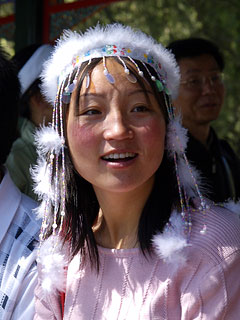 The China Syndrome
The China Syndrome Digital Rebel.
Digital Rebel. Power Shot Pro1.
Power Shot Pro1.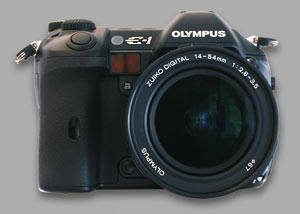 E-1
E-1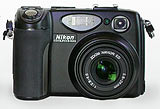 CP5400.
CP5400.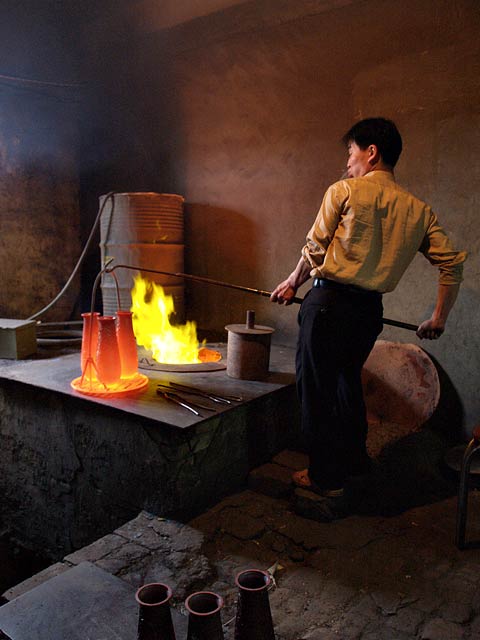 Originally the trip was to include the Nikon D70
but delivery of that system was delayed. A separate report on
it will follow, but that didn't stop us from returning with just
over 5,500 exposures.
Originally the trip was to include the Nikon D70
but delivery of that system was delayed. A separate report on
it will follow, but that didn't stop us from returning with just
over 5,500 exposures.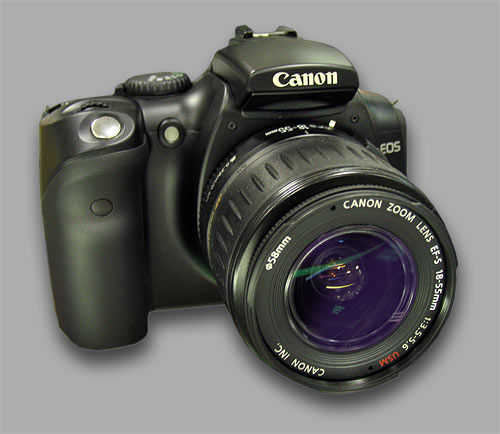 The dSLR experience has improved immensely in the
last year. Canon's EOS-branded Digital Rebel (300D in Europe
and Kiss Digital in Japan) broke the $999.99 price barrier in
the USA by incorporating a basic set of features along with an
inexpensively-produced, but capable wide to slightly tele kit
lens.
The dSLR experience has improved immensely in the
last year. Canon's EOS-branded Digital Rebel (300D in Europe
and Kiss Digital in Japan) broke the $999.99 price barrier in
the USA by incorporating a basic set of features along with an
inexpensively-produced, but capable wide to slightly tele kit
lens.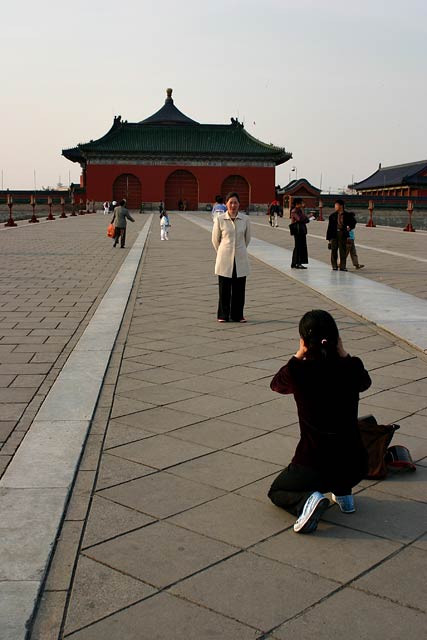 Image quality with the Kit Lens optic has been
shown to be extremely good, demonstrating that it's the glass,
not the material the lens mount is made out of, that determines
what the picture looks like. We knew that, but to hear some people
talk, a plastic camera body or lens mount will utterly ruin your
pictures. Not so. And the Digital Rebel makes a lightweight body
and lens combo compared to the E-1 along on this trip.
Image quality with the Kit Lens optic has been
shown to be extremely good, demonstrating that it's the glass,
not the material the lens mount is made out of, that determines
what the picture looks like. We knew that, but to hear some people
talk, a plastic camera body or lens mount will utterly ruin your
pictures. Not so. And the Digital Rebel makes a lightweight body
and lens combo compared to the E-1 along on this trip.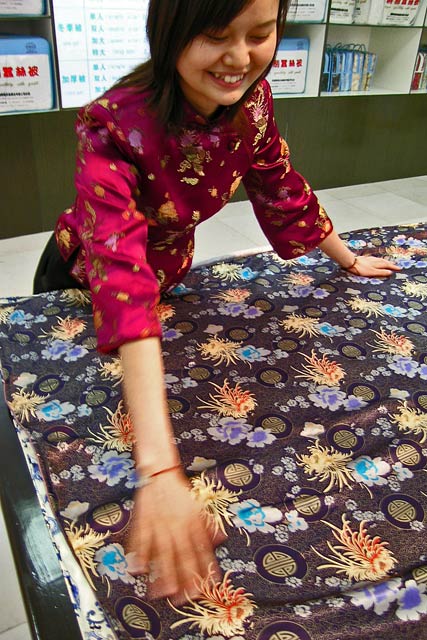 (The Sony 828 uses a novel variation of this chip
with red, green, blue and "emerald" sensor filters.)
(The Sony 828 uses a novel variation of this chip
with red, green, blue and "emerald" sensor filters.)
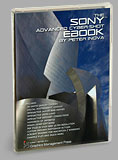
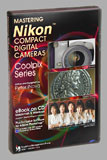
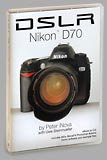 Get the eBooks
Get the eBooks